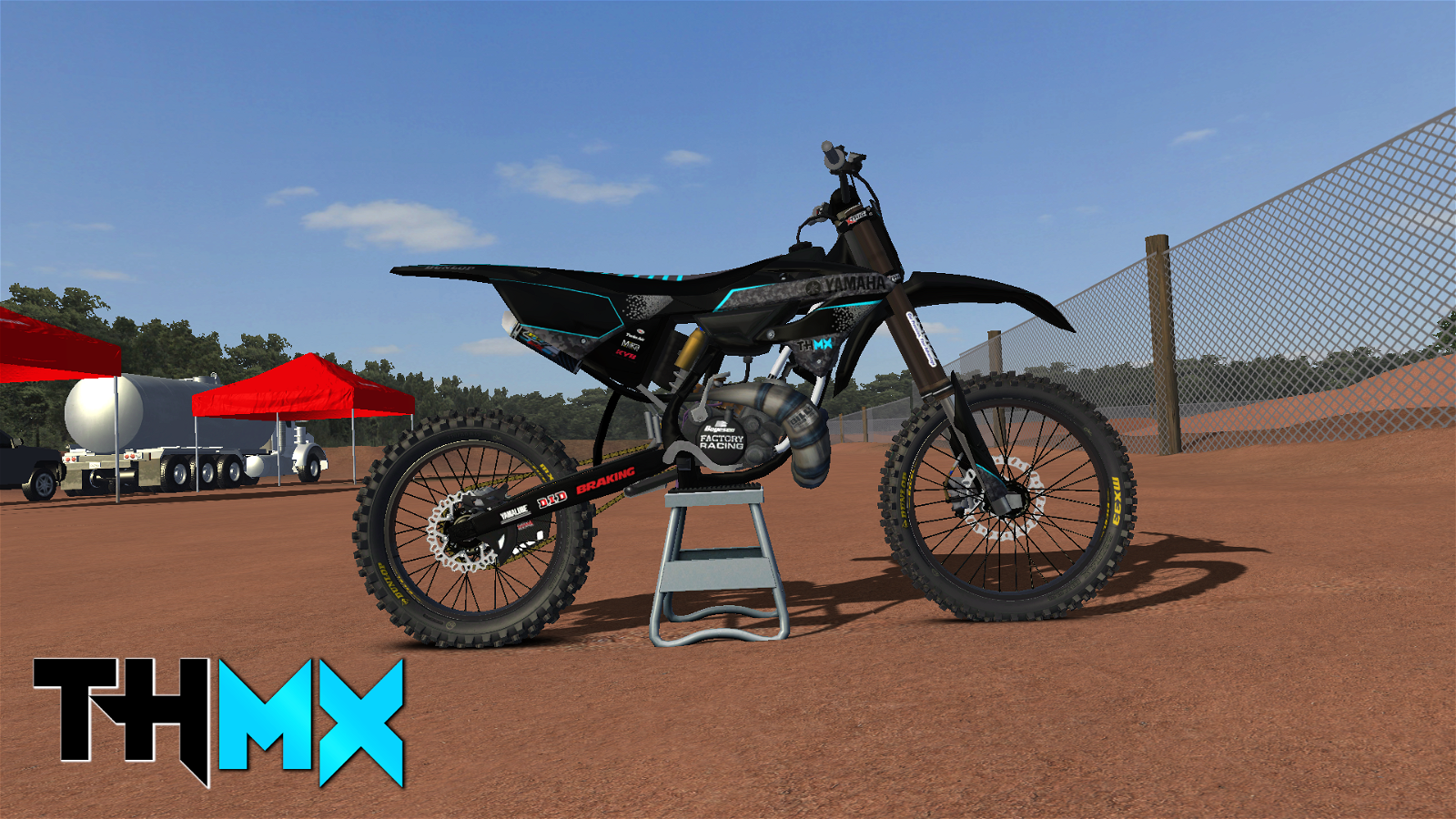
Food and medicationsīefore your test appointment, ask your health care provider if you can take your medicines as usual.

You can't drive after the test because you usually receive medicine to relax you. Arrange for a ride home if you're having a transesophageal echocardiogram. How you prepare for an echocardiogram depends on the type being done. Serious complications, such as a heart attack, are rare. Medicine given during a stress echocardiogram may temporarily cause a fast or irregular heartbeat, a flushing feeling, low blood pressure or allergic reactions. Nausea from medicines used during the test.Heart rhythm problems, called arrhythmias.Hole in the esophagus, called esophageal perforation.Spasms of the muscles in the throat or lungs.Rarely, the tube used for this test may scrape the inside of the throat. If you have a transesophageal echocardiogram, your throat may be sore for a few hours afterward. If a reaction occurs, it typically happens right away, while you are still in the test room. Some people get backaches, headaches or rashes. There may be a small risk of a reaction to the contrast dye. The firmness is needed to create the best pictures of the heart. If you have a standard transthoracic echocardiogram, you may feel some discomfort when the ultrasound wand pushes against your chest. Other risks of an echocardiogram depend on the type of test being done. The sound waves pose no known risk to the body. Pulmonary atresia with ventricular septal defectĮchocardiography uses harmless sound waves, called ultrasound.Pulmonary atresia with intact ventricular septum.Orthostatic hypotension (postural hypotension).Multisystem inflammatory syndrome in children (MIS-C).It helps identify leaky heart valves and other changes in blood flow. This displays the blood flow in the heart in color. It can help show blocked or leaking valves and check blood pressure in the heart arteries. This part of the test measures the speed and direction of blood flow within the heart and vessels. These changes are called Doppler signals. Sound waves change pitch when they bounce off blood cells moving through the heart and blood vessels. This chamber is the heart's main pumping area. It's often done to get more details about the lower left heart chamber. A 3D echocardiogram is available in some medical centers and hospitals. A standard echocardiogram begins with a 2D study of the heart. These images provide pictures of the heart walls and valves and of the large vessels connected to your heart. Two-dimensional (2D) or three-dimensional (3D) echocardiogram.There are several parts to an echocardiogram. If you can't exercise, you may be given medicine to make your heart work harder. Your health care provider may order this test if they think you have coronary artery disease. It checks how the heart responds to physical activity or stress. A stress echocardiogram is done right before and after you exercise at a medical office. It lets a health care provider see the unborn baby's heart without using surgery or X-rays. It's a noninvasive test that involves moving an ultrasound wand over the pregnant person's belly. This type of echocardiogram is done during pregnancy to check the baby's heart.

This test shouldn't be done if you have bleeding in the upper gastrointestinal tract or a tumor or tear in the esophagus. It's often done to examine the aortic valve. A TEE creates pictures of the heart from inside the body. It gives a detailed look at the heart and the body's main artery, called the aorta. If a standard echocardiogram doesn't provide as many details as needed, your provider may do this test.


 0 kommentar(er)
0 kommentar(er)
